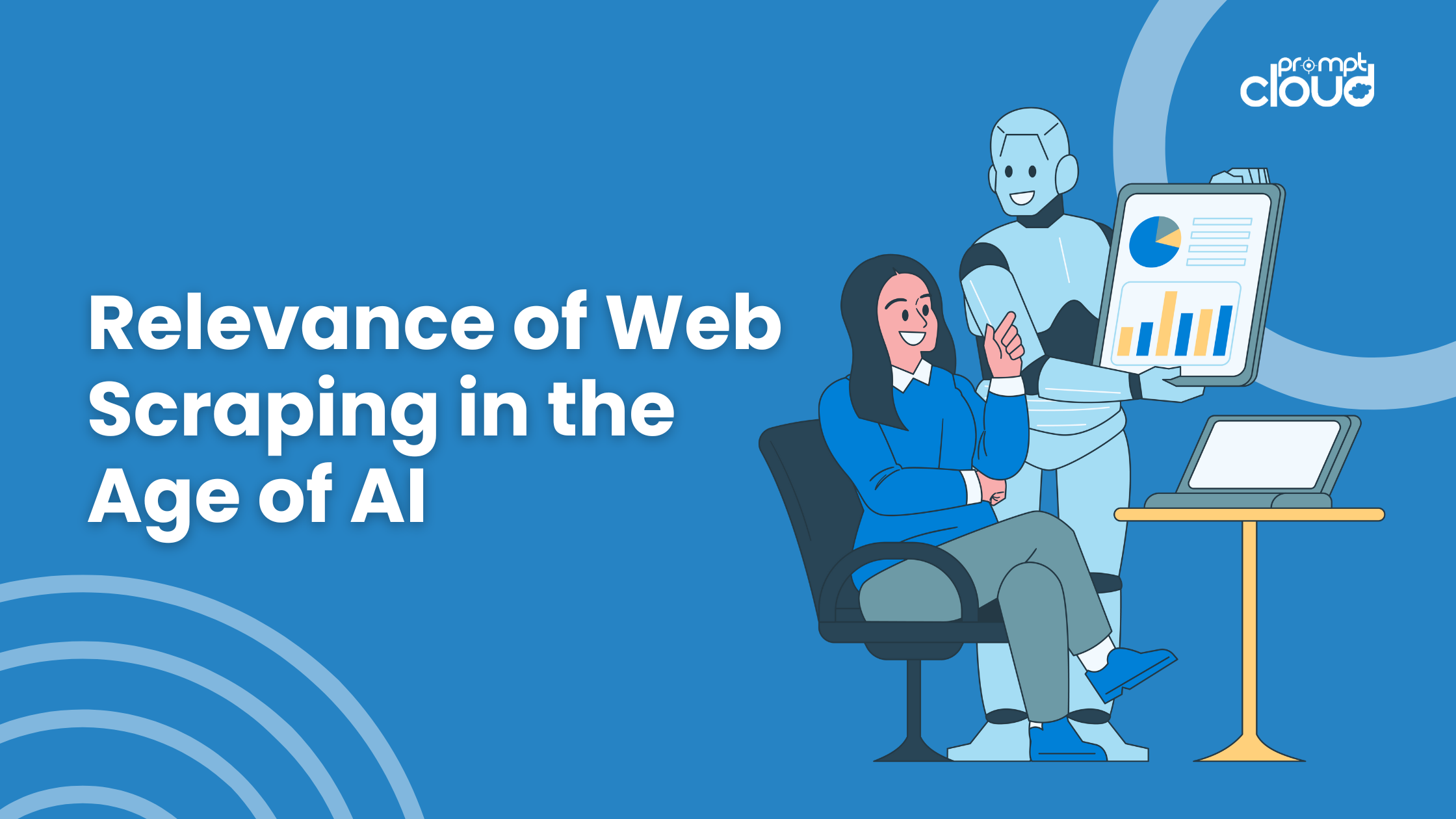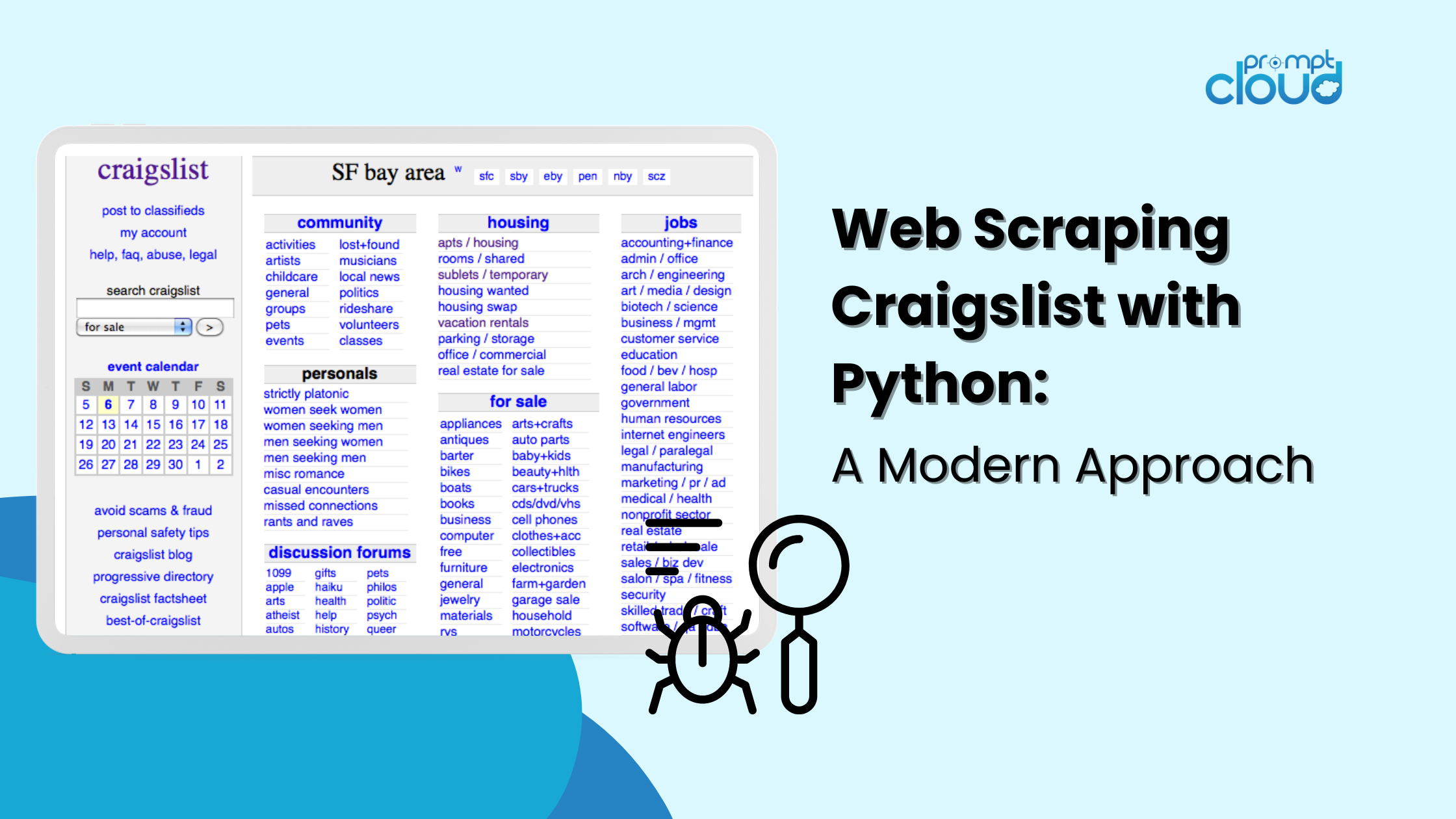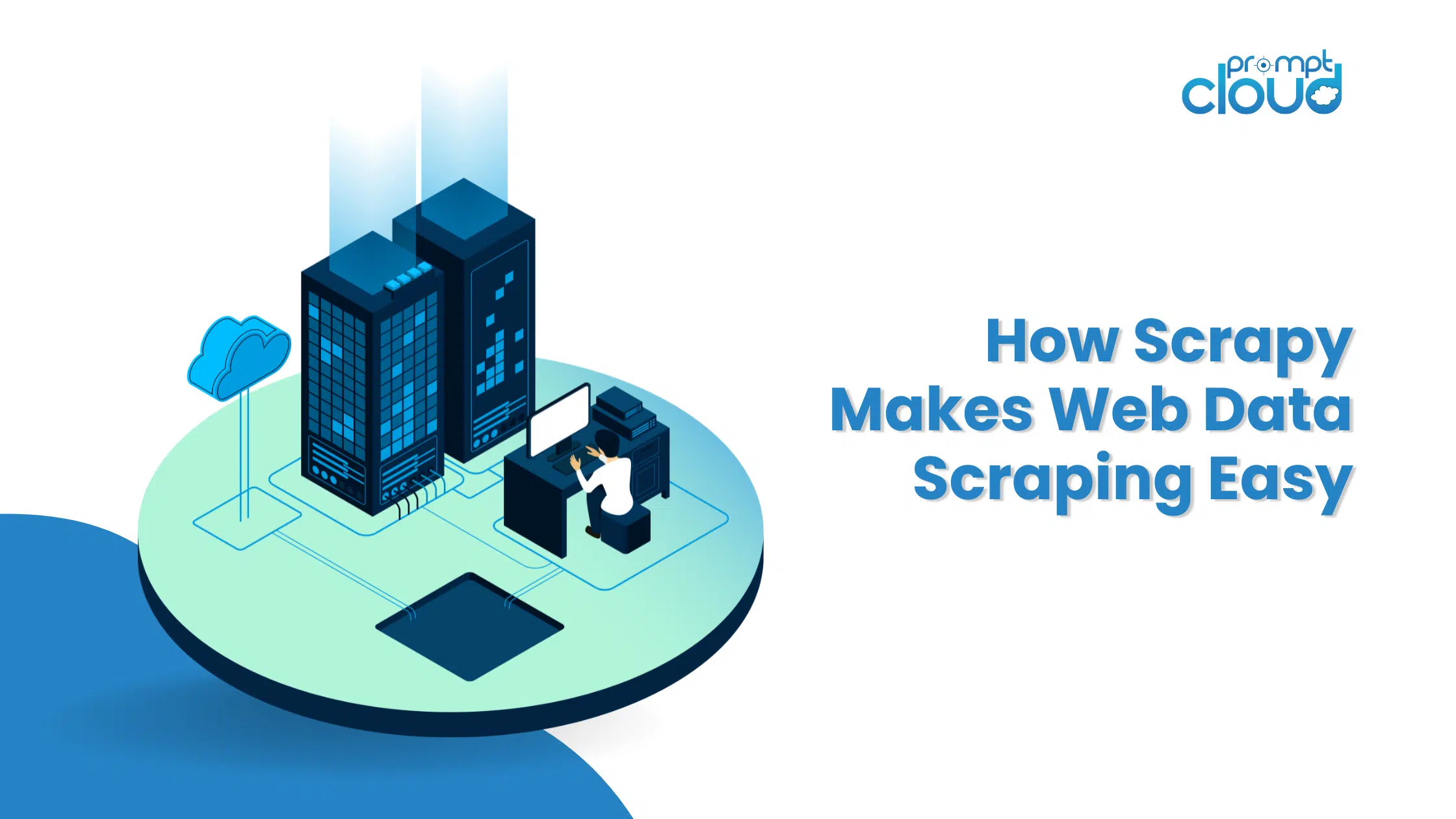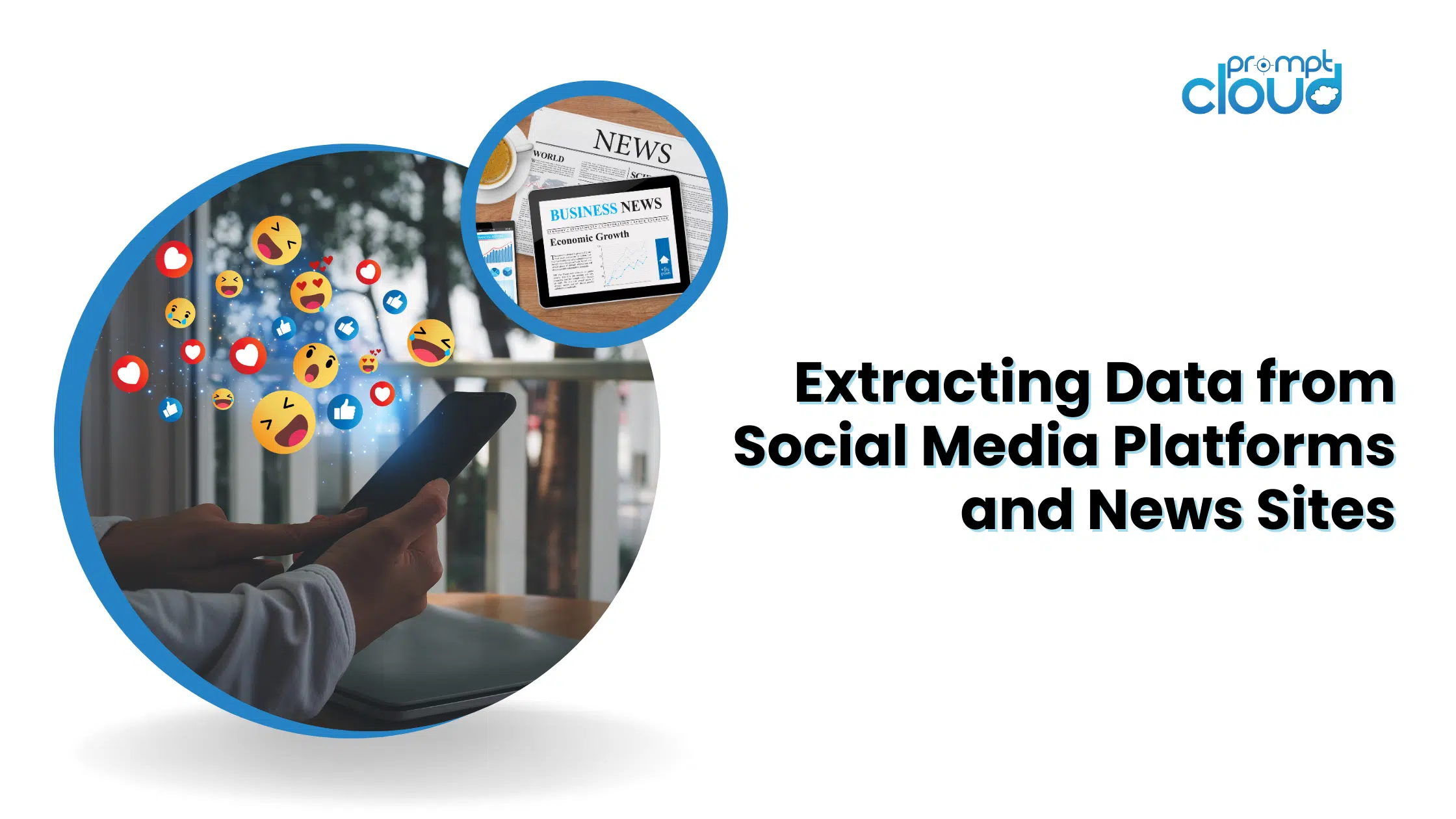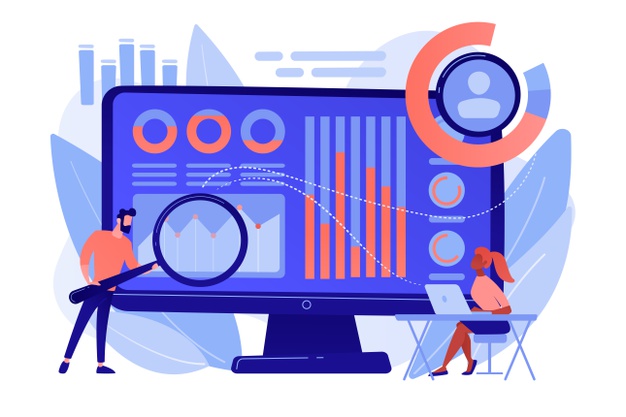Of all the magnanimous shifts brought about by the COVID-19 pandemic, economic and social, the shift in consumer product demand has been the least talked about. The word oximeter was probably unheard of before March 2020. And now it has become a household staple, third only to face masks and hand sanitisers. Almost every family is now stocked with all the medical equipment they need to monitor the attack of the novel virus. Predatory pricing comes to the forefront when it comes to setting the right price.
The demand for the pulse oximeter has witnessed an absolute boom. The first sign of decreasing health in those afflicted with COVID-19 was falling oxygen levels. One might believe that the demand for the product is going to decline with the contained spread of the virus. But not quite. The oximeter market is expected to grow at a compounded annual growth rate of over 9% between 2019 and 2025. It is deemed to be worth an insane $3.4 Billion by 2028.
Naturally, most e-commerce players and sellers are looking to milk this cash cow. There are a million cheap alternatives doing the rounds. But the predatory pricing in this category has us most astounded.
What Really is the Definition of Predatory Pricing?
The name says it all. The bigger players sustain and absorb short term losses by reducing the prices of the product way below the average cost. Other players cannot afford to compete and are forced to leave the market. The losses are then recouped by charging a higher cost once the competition has been eliminated. The classical definition of predatory pricing is as follows. Predatory pricing is the pricing of goods or services at such a low level that other firms cannot compete and are forced to leave the market. It is, in essence, the breach of power and abuse of a dominant position where even the consumers stand to lose. Abnormally low priced products are often the fake alternative to the real deal. They dupe price-sensitive consumers, and with no real system in place to vet, these sellers do supremely high volume sales in a super short period of time and disappear before any action can be taken against them.
Predatory Pricing in the Pulse Oximeter Segment
Predatory pricing in the pulse oximeter segment has almost been redefined. It is beyond difficult to understand the average market price (the mode price is that large). It is beyond difficult to understand which product is genuine and which is not. However, there are certain telltale signs to weed out the trustworthy brands from the rest.
#1: A trustworthy brand will have almost all details laid out in the modules including seller address and warranty period.
#2: The product description should be as specific as possible including the battery life, product dimensions, compatibility etc. ‘It is a good product’ does not and should not cut it.
#3: The biggest sign of them all: reviews and ratings. Brands with genuine products will always have believable reviews. Also, the disparity between the number of ratings and reviews shouldn’t be glaringly high. You cannot have 800+ ratings (all 4 stars and above) and not a single review to substantiate it.
#4: The pricing should also be close to the industry average. If a product is particularly low priced (there might be exceptions), ether are high chances of it being a scummy product.
#5: Shabby marketing and poor copywriting. Watch out for those!
We at PromptCloud scraped the pulse oximeter data from a reputed e-commerce platform. Now let’s see how the parameter for a trustworthy brand fare against the scraped data in the pulse oximeter segment:
- There are roughly 1453 products in the market.
- Almost half of them have no product descriptions
- The top listed brand has almost 126 products but the total number of reviews is just 5.
- Incidentally, some product descriptions are almost identical across board and models. There is absolutely no difference. Not even in the placement of commas.
- The most expensive product is priced at $499 and the cheapest is at $12.
Deciphering This Data
For a more extensive and thorough study on predatory pricing in popular segments. The following steps can be undertaken:
The following data fields should be extracted for each product:
#1: URL of the product
#2: Brand name like Dr. Trust in the USA
#3: Product sale price
#4: Any discount offered by the brand
#5: Name of the seller
#6: Seller rating
#7: Ratings and reviews
#8: Product description
Pricing Analysis of Pulse Oximeter Brands Based on the Scraped Data
This is the make it or break it a differentiator. That is why scraping data from e-commerce sites to keep an eye on predatory pricing becomes paramount.
What did the scraped data insights say?
#1: The average sales price across all the products is around $40
#2: The average maximum retail price (above which a seller cannot charge legally) is $53 across all the products.
#3: Discounts are the biggest throwaways for in-genuine brands. This is how sellers scam the buyers with a substandard product. But with the advent of ‘lightning deals’ and ‘deal of the day,’ it is very difficult to steer clear from this. It is very difficult to also understand predatory pricing from just discounts. From our scraped data, we saw that over 98% of the products are offering a heavy discount. Upon a more human level inspection of the scraped data, the heavily discounted products do not have a good rating or any review. We cannot ever stop talking about the importance of scraping reviews and ratings on e-commerce platforms ever. We have to be wary of people who get paid to write reviews by the sellers without them actually paying for the product. Almost 1030 products out of an odd 1453 products in the market don’t have a single rating. That is an insane 70.7% of the total inventory!
#4: On the contrary, the highest reviewed product has 2208 reviews! That is a very very stark difference.
#5: Product description is important for both SEO and marketing purposes. 52% of the product data scraped has missing product descriptions. These are the price predatory culprits! There are also cases of products using identical descriptions, as mentioned. Not similar, but absolutely identical.
So now that we know what is predatory pricing and why we need to nip it in the bud. It artificially inflates the price of genuine products. It creates a market for bad products.
In the analysis we have presented above, we’ve used e-commerce data scraping to do two things: expose the practices used to fool buyers and find out the right pricing for each product. It should always hover around the industry average.
There should be stricter regulations in place to make sure predatory pricing and its ill effects are kept in check. But until such time, we always have services like Promptcloud.











